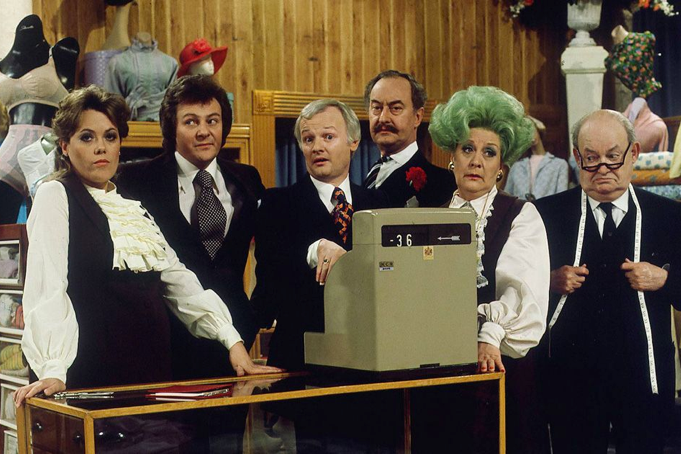Experiential Marketing
How You Can Measure Up In Experiential Marketing
ROI is usually a numerical value – as we all know. A maths-style equation that can be written up with chalk by some wild-hairedp rofessor in a brown polyester suit with horn rimmed spectacles because ROI equals the percentage of increased sales versus the amount of finances spent.
In traditional marketing terms, this equation looks thus:
Brand spends $50k + gets $150k in sales, then ROI = $100k (200% ROI).
Round of applause for the man in the itchy brown suit, please.
But in Experiential Marketing terms, it’s not all nice and neat and easy to write in numbers on the blackboard*.
Let’s examine the elements: you’ve got all these amazing flashes of inspiration, all these highly creative campaign ideas ready to go. But just how will you measure the ROI of your proposed Experiential Marketing campaign? Was it impactful? Was it successful? HOW CAN YOU TELL?! As we have ascertained by our crazy-haired professor in the itchy brown suit, it’s not as easy as mapping it out on a little graph and adding some numbers up. So, just how do you get an accurate idea of how many people saw your amazing street art? How do you calculate the amount of people who tried out your product in Westfield and then ran immediately to the nearest store to buy it?
Move aside, BBC maths professor man. Wonder Woman is here!

Move aside, BBC maths professor man. Wonder Woman is here!
Wow! That made you pay attention, I’ll wager.
And just to redress the balance and see the real WW spin in all her 1970s glory …
The good news is there is a plethora of ways to measure ROI on your campaign. And below are just a few:
Social Media
Social media traction is the name of many a game these days. In order to track the ROI, do some of these easy little things below:
– Use hasthtags and track brand mentions on key platforms.
– Ensure guests ‘check in’ when they arrive at your event.
– Brand ambassadors can update their status and post product images etc.
– Calculate ‘Likes’ and track progress on each platform.
Your Own KPIs
Have a clear set of goals in mind. Discuss your KPIs with your team beforehand, and don’t just run blind and flailing into the Experiential Marketing world just because you have a wonderful creative idea (note to self – sounds familiar). Do the Grey Suits In The Boardroom discussion before you let loose with your fully immersive customer-friendly experience.
Decide which KPIs have to be reached for your Experiential Marketing campaign to be considered a success. And similarly, those that you don’t mind losing to ‘experience’ and would still consider the campaign a success. KPIs are extremely helpful in comparing one event against another too, allowing your brand or product range to grow and diversify.
The End Game: Sales
So let’s face it: The whole point of your intricately creative Experiential Marketing campaign is to sell product. Yes, you want customers to fall in love with your product and brand, but in terms of instant gratification – it’s all about the Kerching ding ding factor, is it not? But how can you measure if a sale is a direct result of your campaign? Well, the truth is, it’s extremely hard to. BUT, you can do some research and spot differing patterns in customer purchases correlating to your Experiential Marketing activation. How extremely exciting!

The End Game: Sales
In conclusion, although sales are indeed the ultimate Brand Goal, we all know that the path to consumers ‘Tapping & Going’ with your product under their arm, is creating real bonds – loving connections between your brand and the consumer. Experiential Marketing is there to pull people into the brand, and that’s the real ROI.
So, yes, it’s a gamble – but if you roll the dice on an Experiential Marketing event, you may very well turn out extremely rich in customer luuuuurve. And as The Beatles reminded us many a psychedelic time – All You Need Is Love.
* Yes – we still have blackboards. We are in the 1970s for this paragraph, remember.

